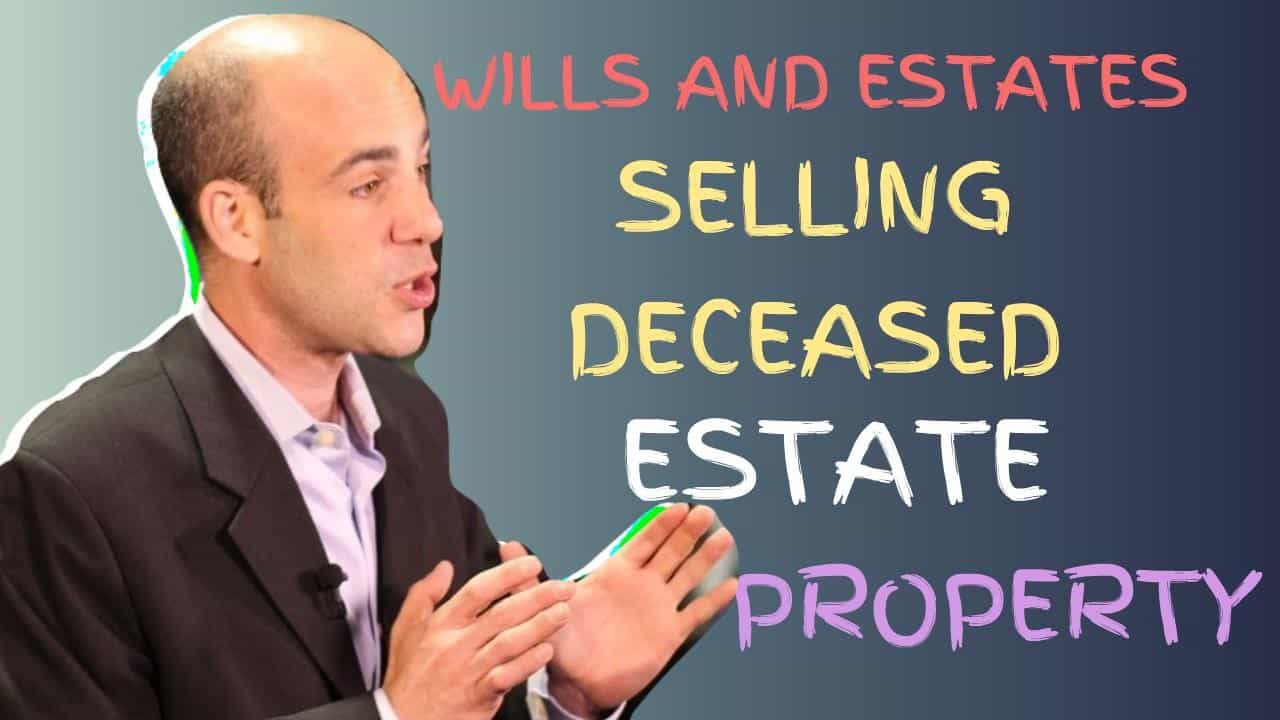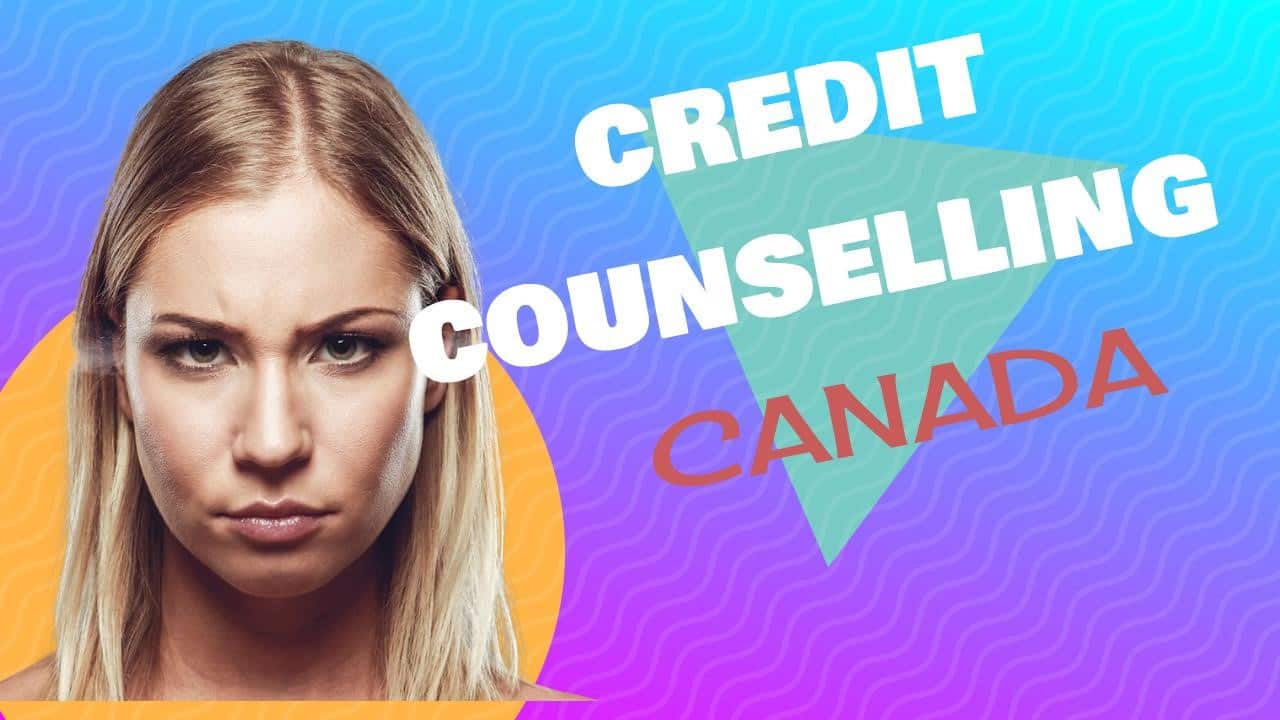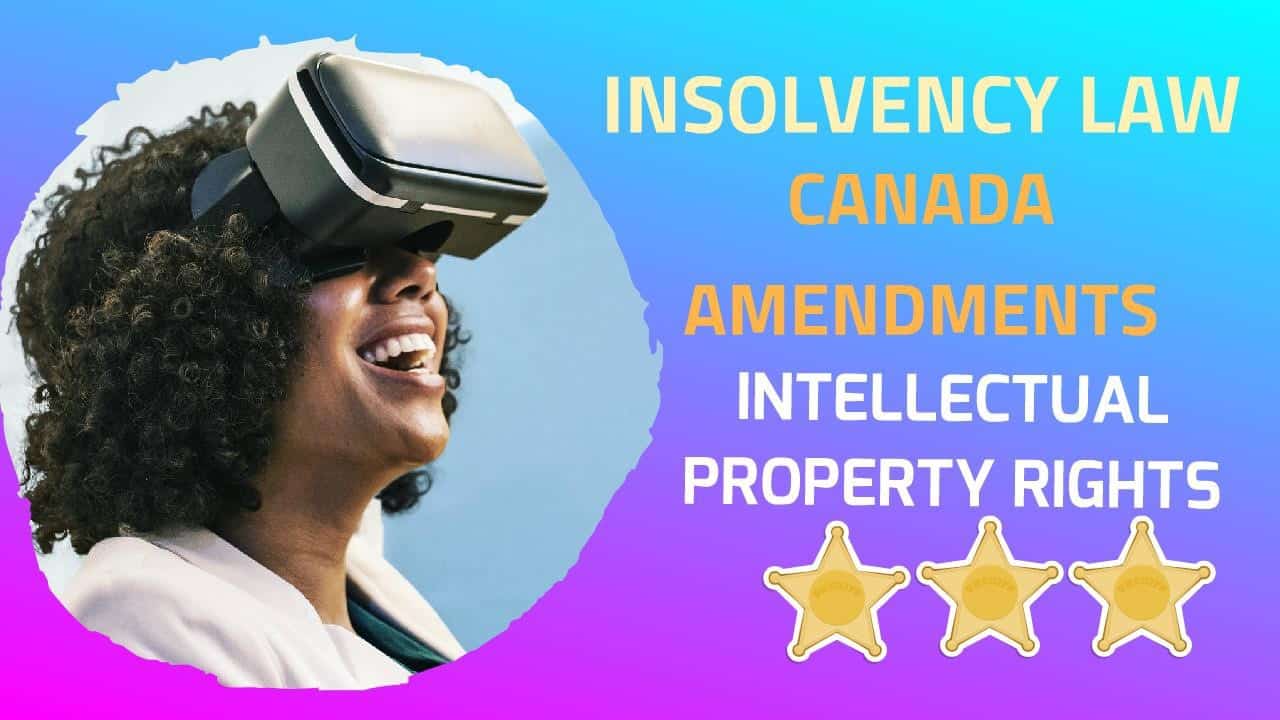If you would rather listen to an audio version of this Brandon’s Blog, please scroll to the bottom of this page and click on the podcast.
Introduction
I recently read an interesting case from the Court of Queen’s Bench of Alberta involving a court appointed receiver. To me, it highlights that sometimes the simplest of things can provide major difficulty. I will explain, but first, I will go over some basic facts that will help you understand the issue in this case better.
What is a court appointed receiver?
When a borrower defaults on its borrowing agreement, typically by non-payment, the secured creditor needs to decide if it is required to enforce against its security. The most common method for a lender to use is receivership. There are 2 types of these procedures in Canada; 1) private appointed or; 2) court appointed.
Normally, the procedure begins with the secured creditor seeking advice from its legal counsel and the receiver it is thinking of using. If it is chosen that there should be a receiver appointed, the secured creditor, normally a financial institution, then makes a selection. They can either appoint the receiver by private letter of appointment or make an application to the Court for an Order designating the receiver (court-appointed).
The Bankruptcy and Insolvency Act (Canada) (BIA) requires that just a licensed insolvency trustee (formerly called a bankruptcy trustee) can work as a receiver. A privately appointed receiver acts on behalf of the selecting secured creditor. A court appointed receiver has a duty of care to all creditors.
1305402 Alberta Inc v 0774238 B.C. Ltd, 2019 ABQB 982
This case was an application by the court appointed receiver (as a British Columbia Court designated receiver of two individuals and also several companies) to have funds in the amount of $281,711.11 paid to it in its capacity as the receiver. The application on its face seemed simple.
The British Columbia Securities Commission (the “Securities Commission”) made considerable enforcement orders versus the individuals and the companies (the “Debtors”). The total fines exceeded $9 million in total. They arose from the Debtors having gotten from various parties real estate financial investments without a prospectus and various other violations.
The Securities Commission got a receivership court order from the Supreme Court of British Columbia on October 3, 2019, appointing a receiver (the Receivership Order). The Debtors are the named parties whose assets the Receivership Order covers.
This application in the Alberta Court was made by the court appointed receiver to take possession of surplus cash paid into the Alberta Court, available from the sale of a property located in the Province of Alberta.
The Court’s problems
On the face of the Receivership Order, it was difficult to tell which parties were originally served with notice of the case. The Receivership Order indicates that a list of those served was attached as Schedule A. Yet Schedule A was not the service list. Rather, it was an example of the Receiver’s Certificate to be utilized in securing financing of the receivership. There was also a Schedule B to the Receivership Order. Unfortunately, it also was of no help. Its only purpose was to list the legal description of the subject land.
Counsel for the applicant argued that certain findings in the original receivership application would decide the outcome of this case. As a result, the Master said that it would certainly have been handy to understand whether the objecting party to this application had any type of capacity to make any kind of argument now!
For example, was the matter in this application already decided in the original motion, or, are there any estoppel issues that would stop someone with notice of the original receivership application from objecting now? In the end, the Master decided that the documents now before the Alberta Court was not adequate to figure out those problems now.
Duties of a court appointed receiver
In addition to having a general duty of care to all stakeholders, the specific duties are spelled out in the Receivership Order. Like all such orders, this one gave the receiver the duty to take possession of all of the assets of the Debtors.
The funds in Court are surplus from a sale or foreclosure in Alberta known as the “Rocky View Lands”. There was a consent order for repossession in the foreclosure action giving the mortgagee title. It was not readily evident from the material before the Master just how surplus proceeds were generated. Nevertheless, the funds were being held by the Court and the receiver was applying to take possession of the cash under its Receivership Order powers and duties.
The receiver’s problem
The proceeds were paid into Court on the application of the previous authorized owner of the Rocky View Lands. Unfortunately, that owner was not one of the Debtors! Just to make matters worse, one of the individuals who were one of the Debtors, filed an affidavit that appended a purported Trust Agreement. The Trust Agreement stated that the owner of the Rocky View Lands was holding the property in trust for 19 different named investors who were opposing this application.
The Master held that the applicant did not adequately prove its case to its entitlement to the funds paid into the Court. The owner of the lands was not one of the Debtors. It was only the property of the Debtors the court appointed receiver had authority over.
So the Master decided that the parties could come back to Court for a full trial to figure out who really had an interest in the funds. This could only be decided after full argument by both the receiver and the opposing parties. It was too early to direct that the funds be paid to the court appointed receiver now.
The devil is in the details
From the Master’s decision, it is obvious that the court appointed receiver came to Court without knowing all the details. In addition, the details that it must have known about who was served with the original receivership application were missing. I am sure this receiver was not trying to pull a fast one over anybody – they were just sloppy.
A detail like whose property was the receiver trying to take possession of is not a small thing. A detail like was any party who was opposing the receiver’s request already stopped from raising such opposition is also not such a small thing. The Master was correct in not allowing the receiver’s application to take possession of the cash sitting in the Alberta Court. This receiver will have to do its homework for when it comes back to Court when a full hearing is conducted.
Summary
I hope you have seen why details matter. Not only for a Court but for a licensed insolvency trustee also. When someone comes to consult with me about their business or personal debts and financial situation, I need details too so that I can fully understand their situation.
Do you or your company have too much debt and in need of debt restructuring? Wouldn’t it be beautiful, though, if you could do a turnaround?
The Ira Smith Team understands how to do a debt restructuring. However, more importantly, we understand the needs of the entrepreneur or the person who has too much personal debt. You are worried because you are facing significant financial challenges.
It is not your fault that you are in this situation. You have been only shown the old ways that do not work anymore. The Ira Smith Team uses new modern ways to get you out of your debt troubles while avoiding bankruptcy. We can get you debt relief freedom.
The stress placed upon you is huge. We understand your pain points. We look at your entire situation and devise a strategy that is as unique as you and your problems; financial and emotional. The way we take the load off of your shoulders and devise a debt settlement plan, we know that we can help you.
We know that people facing financial problems need a realistic lifeline. There is no “one solution fits all” approach with the Ira Smith Team. That is why we can develop a restructuring process as unique as the financial problems and pain you are facing. If any of this sounds familiar to you and you are serious in finding a solution, contact the Ira Smith Trustee & Receiver Inc. team today.
Call us now for a free consultation. We will get you or your company back on the road to healthy stress-free operations and recover from the pain points in your life, Starting Over, Starting Now.
[monkeytools msnip=”https://monkeyplayr.com/playr.php?u=5173&p=21941″]













